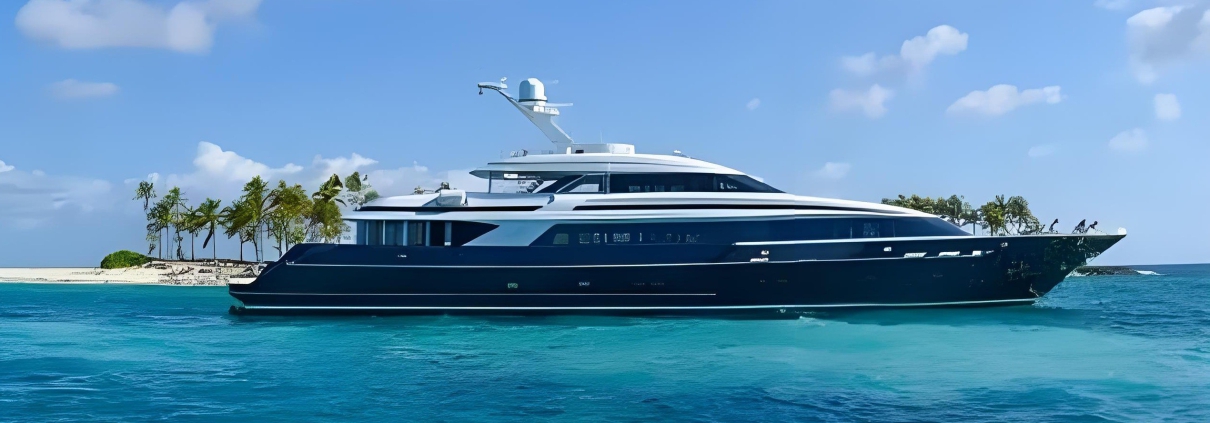Marine Starting Battery Technology 2025: A Comprehensive Guide for Maritime Industry Professionals
As the maritime industry transitions toward cleaner and more efficient energy solutions, selecting the right marine starting battery has become critical for vessel operators, shipbuilders, and fleet managers. This guide examines the latest advancements in lithium marine starting batteries, focusing on technical benchmarks, compliance standards, and strategic supplier evaluation for B2B decision-makers.
Technical Criteria for Marine Starting Batteries
1. Core Performance Metrics
-
Cold Cranking Amps (CCA):
-
Minimum requirement: 800A (for standard marine diesel engines)
-
High-performance range: 1,000–1,200A (suitable for Arctic operations or heavy-duty vessels).
-
-
Cycle Life:
-
Lead-acid: 500–800 cycles (3–5 years)
-
LiFePO4: 3,000–6,000 cycles (8–12 years)
-
-
Weight Optimization:
-
Lithium batteries reduce weight by 50–70% versus lead-acid, enhancing fuel efficiency.
-
2. Safety & Durability
-
Mandatory Certifications:
-
UL1973 (safety), DNV-GL/ABS (marine compliance), UN38.3 (transportation).
-
-
Environmental Resistance:
-
IP67 waterproofing, salt spray corrosion resistance (per ASTM B117), and MIL-STD-810G vibration testing.
-
Leading Manufacturers & Competitive Analysis
1. Leoch International
-
Key Advantages:
-
High CCA Output: 1,100A at -18°C (LFP-12V1000A model).
-
Global Compliance: DNV-GL, UL1973, and EU Battery Directive 2027 certifications.
-
Hybrid Solutions: Compatibility with lead-acid and lithium systems for retrofit applications.
-
-
R&D Focus:
-
Pilot testing solid-state batteries (targeting 2026 commercialization).
-
AI-driven predictive maintenance via integrated BMS.
-
2. Mastervolt (Netherlands)
-
Core Strength:
-
Hybrid lithium-manganese chemistry for thermal stability (-20°C to 60°C).
-
Modular designs for scalable voltage (24V/48V) configurations.
-
-
Market Position: Preferred supplier for European luxury yacht builders.
3. BSLBATT (Global)
-
Innovation:
-
IP68-rated waterproof batteries for submersible applications.
-
Fast-charging compatibility (1.5C rate).
-
-
Sustainability: Closed-loop recycling program achieving 92% material recovery.
4. CATL (China)
-
Technology Leadership:
-
Ship-ready solid-state battery prototypes (200Wh/kg energy density).
-
Integration with hydrogen fuel cell systems for hybrid vessels.
-
Compliance & Regulatory Trends (2025 Update)
-
EU Battery Regulation:
-
Carbon footprint disclosure requirements (phase-in from 2025).
-
Minimum recycled content: 12% cobalt, 8% lithium by 2030.
-
-
US EPA Standards:
-
Mandatory recycling plans for lithium batteries (effective July 2025).
-
-
DNV-GL Amendments:
-
Enhanced safety protocols for high-voltage (≥48V) marine systems.
-
B2B Supplier Evaluation Framework
1. Technical Validation
-
Third-Party Testing: Demand TÜV or Intertek reports for:
-
Cycle life validation (e.g., 4,000 cycles at 80% DoD).
-
Low-temperature performance (-30°C cold-start capability).
-
-
Onboard Trials: Require 6-month real-world data from pilot installations.
2. Supply Chain Resilience
-
Production Capacity: Verify minimum monthly output (e.g., 10MWh for large-scale orders).
-
Geopolitical Risk Mitigation:
-
Dual sourcing for critical materials (e.g., lithium from Australia + South America).
-
Regional manufacturing hubs (e.g., Leoch’s Malaysia facility for tariff-free ASEAN exports).
-
3. Total Cost of Ownership (TCO) Analysis
| Cost Factor | Lead-Acid (10-Year) | LiFePO4 (10-Year) |
|---|---|---|
| Initial Investment | $15,000 | $30,000 |
| Replacement Costs | $30,000 | $0 |
| Maintenance Labor | $12,000 | $2,000 |
| Energy Savings | – | $8,000 |
| Total | $57,000 | $40,000 |
Industry Outlook & Emerging Technologies
-
Solid-State Batteries:
-
20% higher energy density vs. current LiFePO4 (prototypes by CATL/Leoch).
-
Non-flammable electrolyte for enhanced safety.
-
-
AI-Optimized Charging:
-
Dynamic load balancing to reduce grid strain during port charging.
-
-
Second-Life Applications:
-
Retired marine batteries repurposed for harbor microgrid storage (e.g., Port of Rotterdam pilot).
-
Strategic Recommendations
-
For Shipbuilders:
-
Adopt modular lithium systems to future-proof vessels against regulatory shifts.
-
Partner with suppliers offering embedded BMS/EMS integration (e.g., Leoch’s API-ready systems).
-
-
For Fleet Operators:
-
Prioritize batteries with DNV-GL/ABS certifications for insurance compliance.
-
Evaluate TCO over 10+ years rather than upfront costs.
-
-
For Retrofit Projects:
-
Leverage hybrid solutions to bridge lead-acid and lithium transitions.
-
Conclusion
The 2025 marine battery market demands a balance of cutting-edge technology, regulatory foresight, and supply chain agility. While Leoch International distinguishes itself with global certifications and hybrid flexibility, manufacturers like CATL and Mastervolt lead in next-gen innovations. B2B buyers should prioritize suppliers demonstrating robust R&D pipelines and circular economy commitments to ensure long-term viability.


